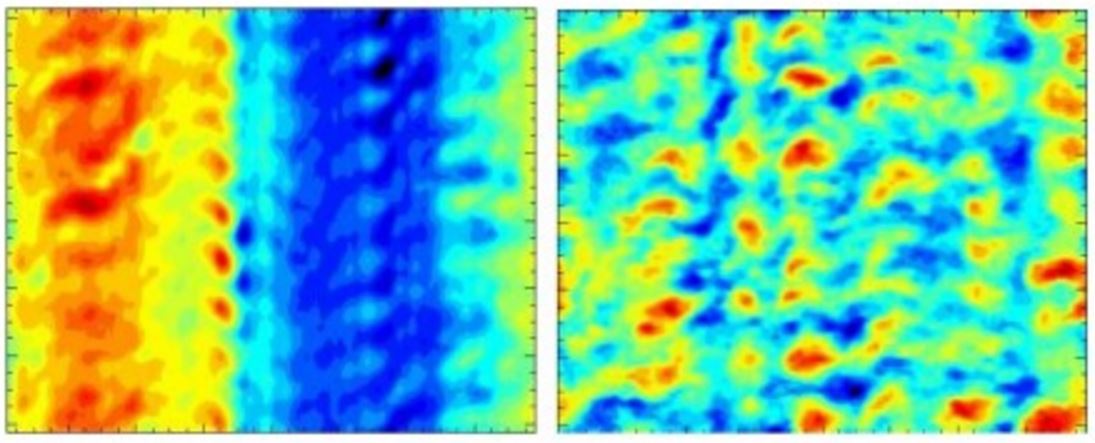Direct numerical simulation with massively parallel nonlinear gyrokinetic codes has provided tremendous insight to the underlying transport physics and success in reproducing experimental fluxes in many regimes. However, the computational cost—typically 105 CPU hours for a local flux calculation at a single radial point—precludes the routine use of such codes for integrated tokamak transport simulations which demand ~103 flux computations per 1s of plasma evolution on JET scale devices. Nevertheless, validating these models against experiments is critical for determining the veracity of the fundamental underlying model, which then serves as the basis for developing reduced, more tractable models.
We use the GENE gyrokinetic code, originally developed in IPP Garching, for explorations of the fundamental microstability and turbulence physics. Our main applications are direct comparisons with experimental observations such as power balance estimates and fluctuation spectra measurements, and validation of reduced models further down the complexity hierarchy.

displaying extensive electromagnetic stabilization of ion-temperature-gradient driven turbulence. The improved confinement is enhanced by
including fast ions (left panel), and characterized by extensive zonal flow stratifications, compared to the case without fast ions (right panel).
Simulations are from J.Citrin et al., Phys. Rev. Lett. 111 155001 (2013)